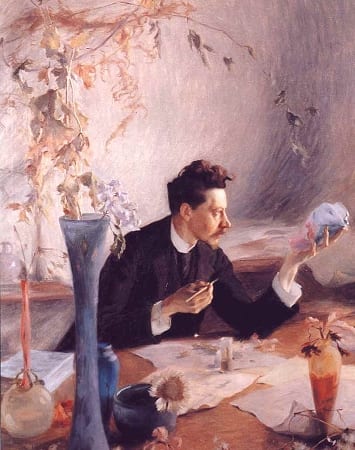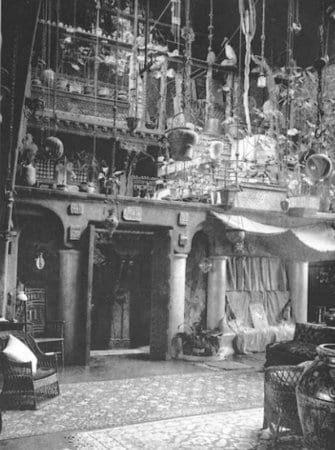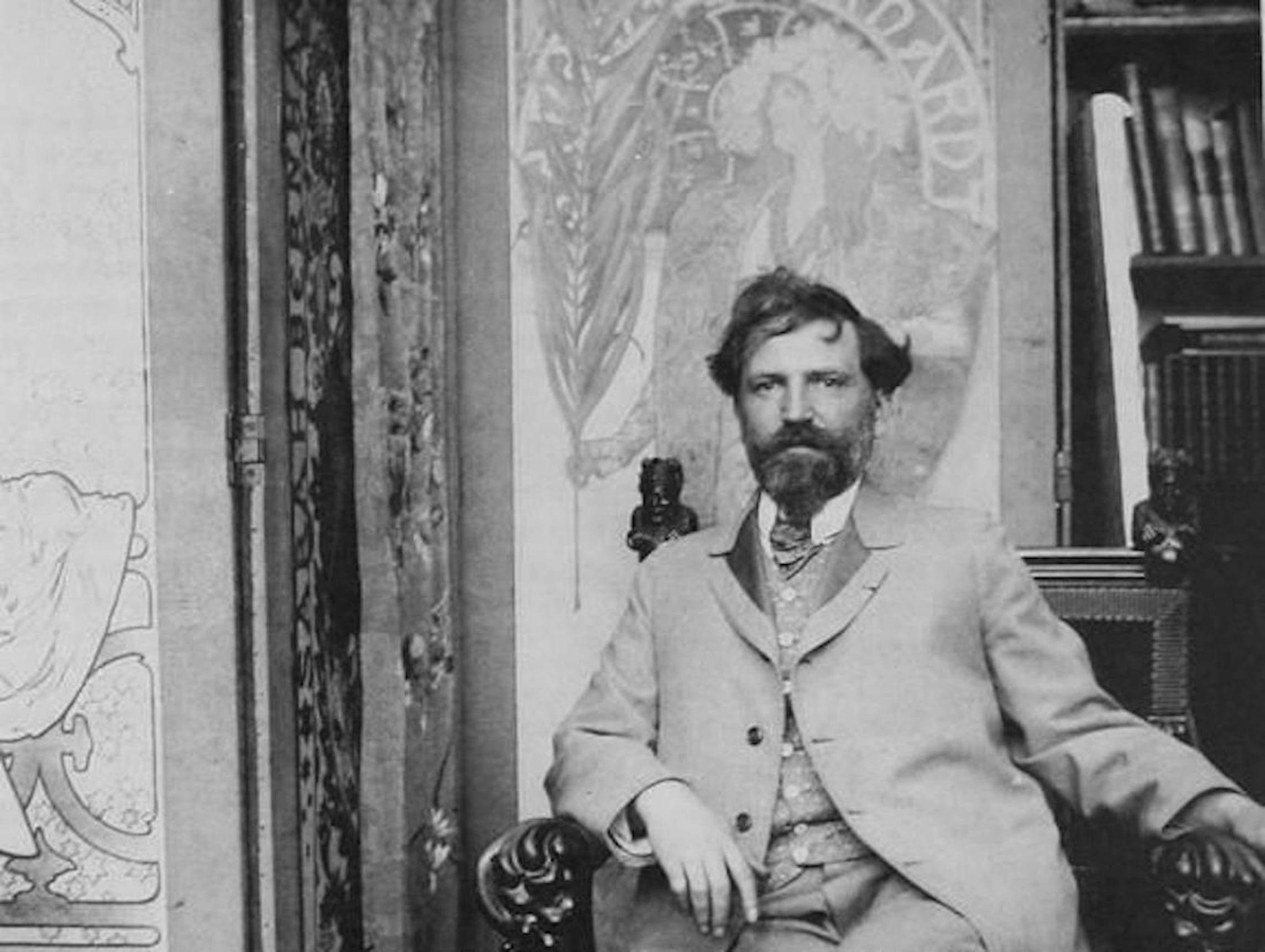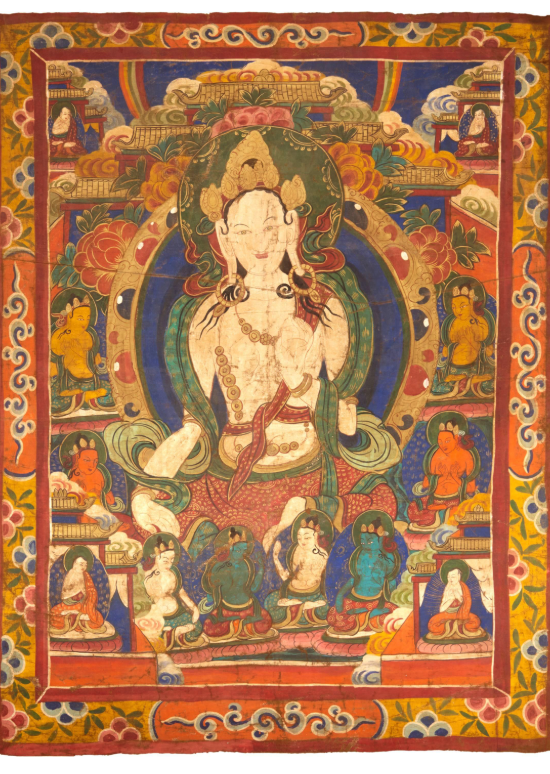
Who Was Emile Galle?
Emile Galle was a French designer born in 1846 in the small town of Nancy in Eastern France. His occupation as a glassmaker was not a surprise at all, knowing that his father Charles was a traditional glassmaker who owned a factory.
Emile Galle is one of the main founders of Art Nouveau development. His naturalistic structures joined with imaginative procedures made him one of the spearheading glass producers of the late nineteenth, mid-twentieth century. Emile’s work was often referred to as “poetry in glass”. His art was inspired by nature and plants with heavy influences from Japan.
Galle invented a new method of producing a cut and flashed glass, including, of course, his famous bright color elements.
His glassmaking technique influenced other Art Nouveau artists from his time, including the Daum siblings. In 1901 he established the Ecole de Nancy, the Alliance Provinciale des Industries d’Art with a final goal to gather and organize all Art Nouveau glass designers that were strongly dedicated to the development of this fascinating artistic movement.
Emile Galle started learning the glassmaking skill since his early age and was helping with enameling the glassware. However, before he dedicated his life to glassmaking, Galle received an education in philosophy, botany, and chemistry, which certainly helped him later on in life.
Galle spent many years traveling all over Europe where he gathered a significant amount of information and knowledge that he implemented into his work after going back to Nancy. He discovered new techniques like enameling and cameo that can be seen in his early work of transparent glass with enamel details.
The greatness of Galee’s work encompasses a variety of art pieces that were considered as an absolute innovation in the glass making craft. He combined traditional technique like enameling with industrial innovations, so he started carving poetry verses in the glass which was unseen until then. His glassmaking style was changing as the technology and the industry developed, although he was finding the main inspiration in Nature and its perfectly shaped forms.
Galle’s glass vessels contain bursts of shading, air bubbles, shining specks of embedded metal foils, and naturally captured figures of insects.
After a while, he formed his own studio and took over his father’s factory. GaleÈ achieved recognition for his glass artwork after winning the Grand Prix at the Paris Exhibition in 1878.
In 1885 he started a wood workshop where he was trying his skills in furniture design.
His big breakthrough as a glassmaking artist happened in 1884 after with the exposure of 300 glass masterpieces at the Union Centrale des Arts DÈcoratifs in Paris. After this exhibit, his glass pieces became widely recognized by museums as well as by art collectors.
“Cristallerie d’Emile GallÈ” is the world’s first glasswork factory that GallÈ founded with over 300 employees and turned his art into popular mass production. Although many of his contemporaries tried to copy his uniqueness, that was simply impossible.
Emile GallÈ’s innovative spirit grew even more and he discovered that metallic foils can be used between glass sheets. This technique is used up to date.
After implementing the metallic foils in the colored glass, GallÈ turned into an extremely famous decorative glass artist and Art Nouveau style became even more recognized than before. Emile GallÈ’s plant motifs confirmed again his endless Nature-driven inspiration. Besides plants, he was also using butterflies and fireflies drawings as a decorative part of his famous vases.
GallÈ won a great number of prizes and awards for his majestic work, including the highest top awards at the International Exhibition in Paris in 1900.
His idealistic thinking result in forming the ìEcole de Nancyî with an only purpose to promote Art Nuevaue and create an inseparable bond between industry and art. He remained as the head of the school until 1904 when he died of Leukemia. After his death, all the glass work produced in the factory was still having Emile Galle’s signature but with a small star aside showing that the objects were produced after the great artist’s death.
Although the factory survived the WWI and the production kept going through the following years, it finally stopped working in 1936 and not one single authentic Emile GallÈ work is created since.
Nevertheless, GallÈ’s glass artwork is still living in many world-famous museums and telling the story of the gigantic talent that Emile GallÈ shared with the world.



